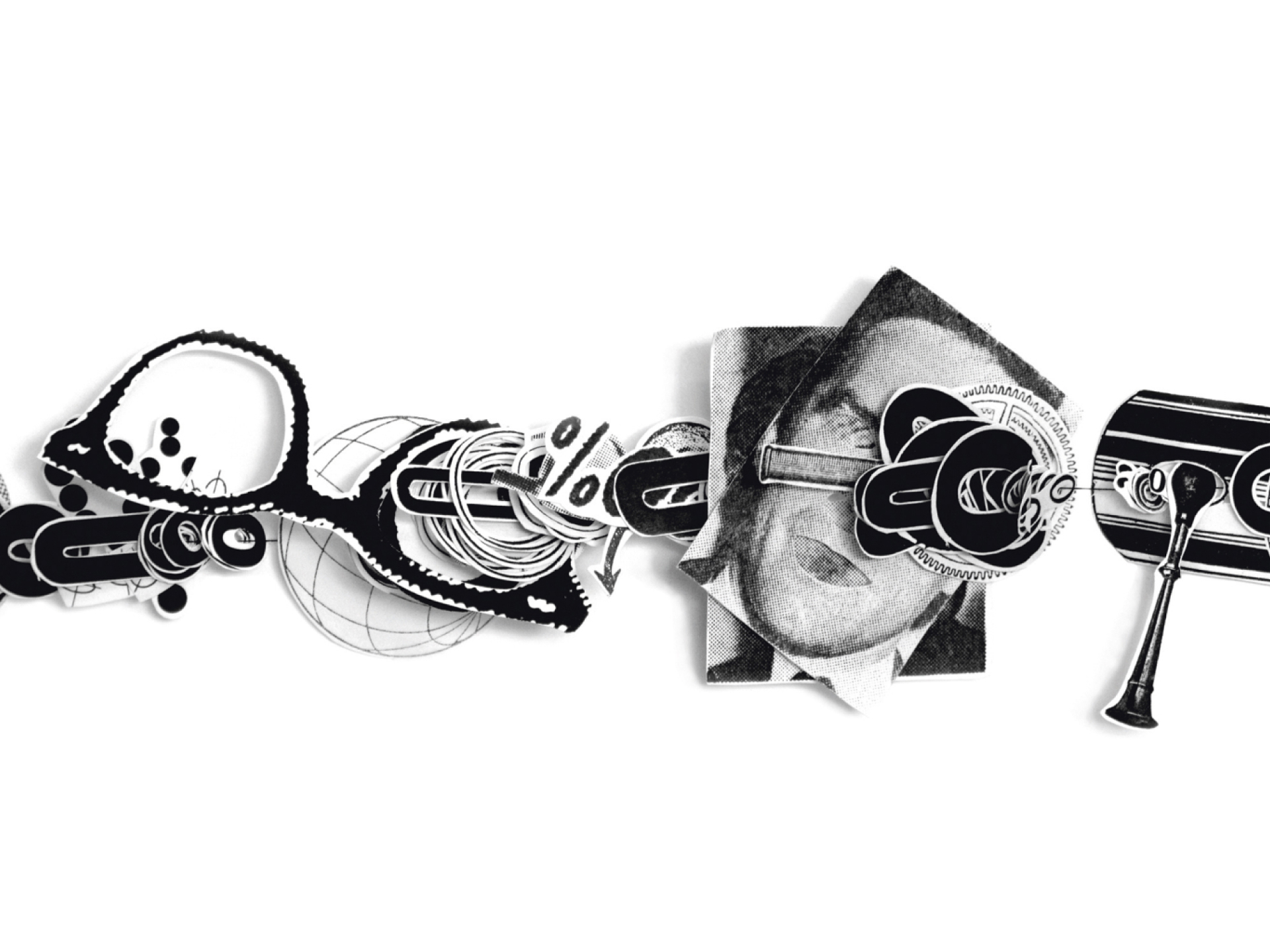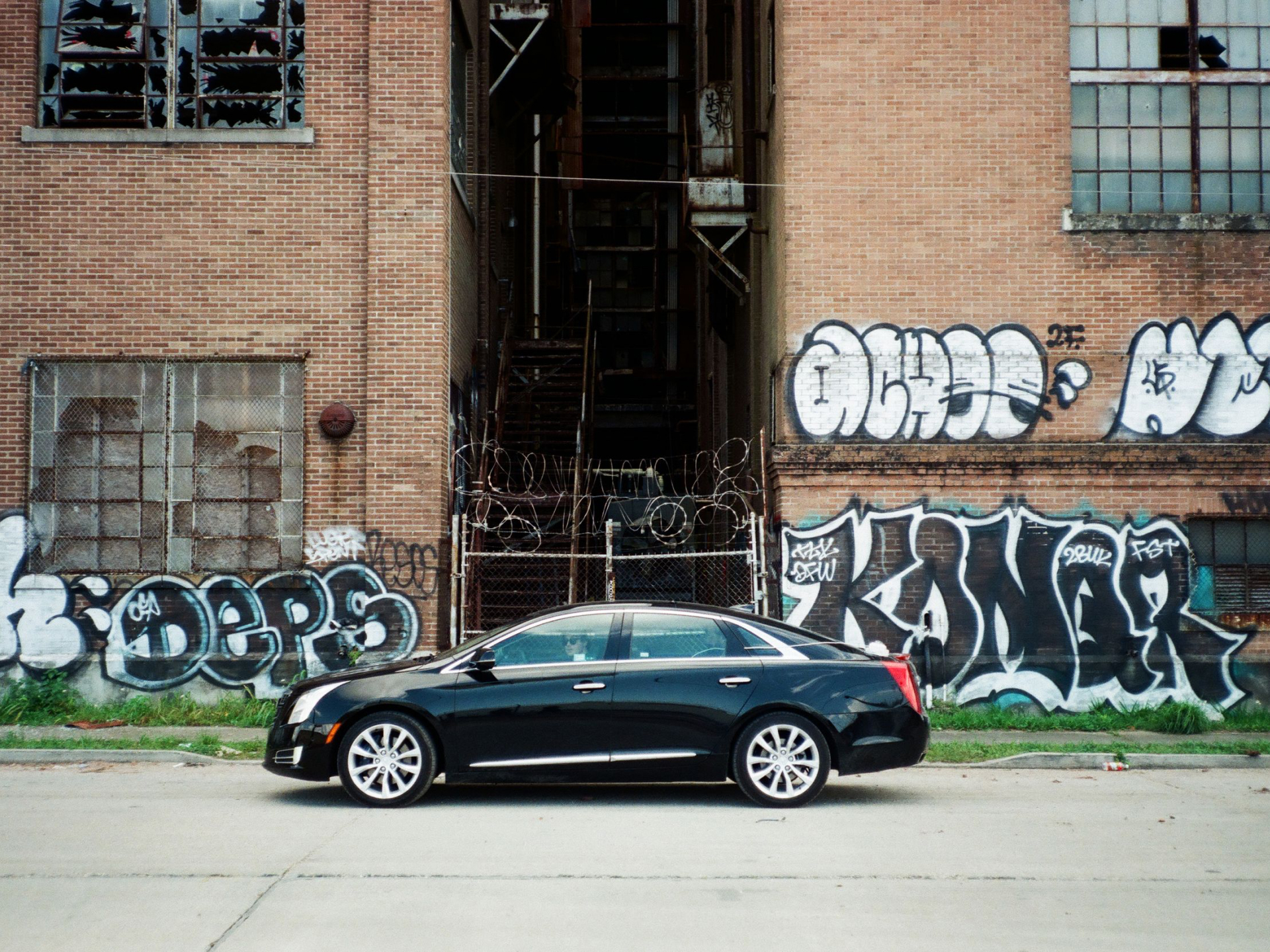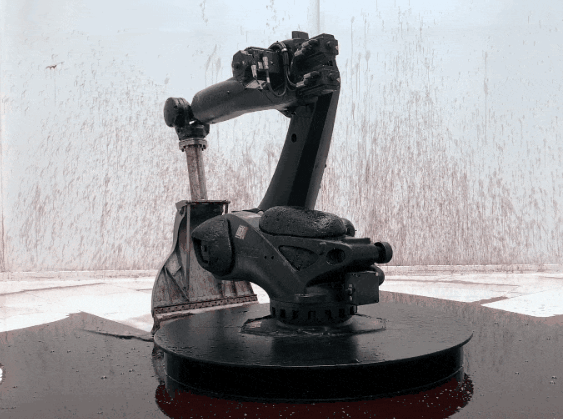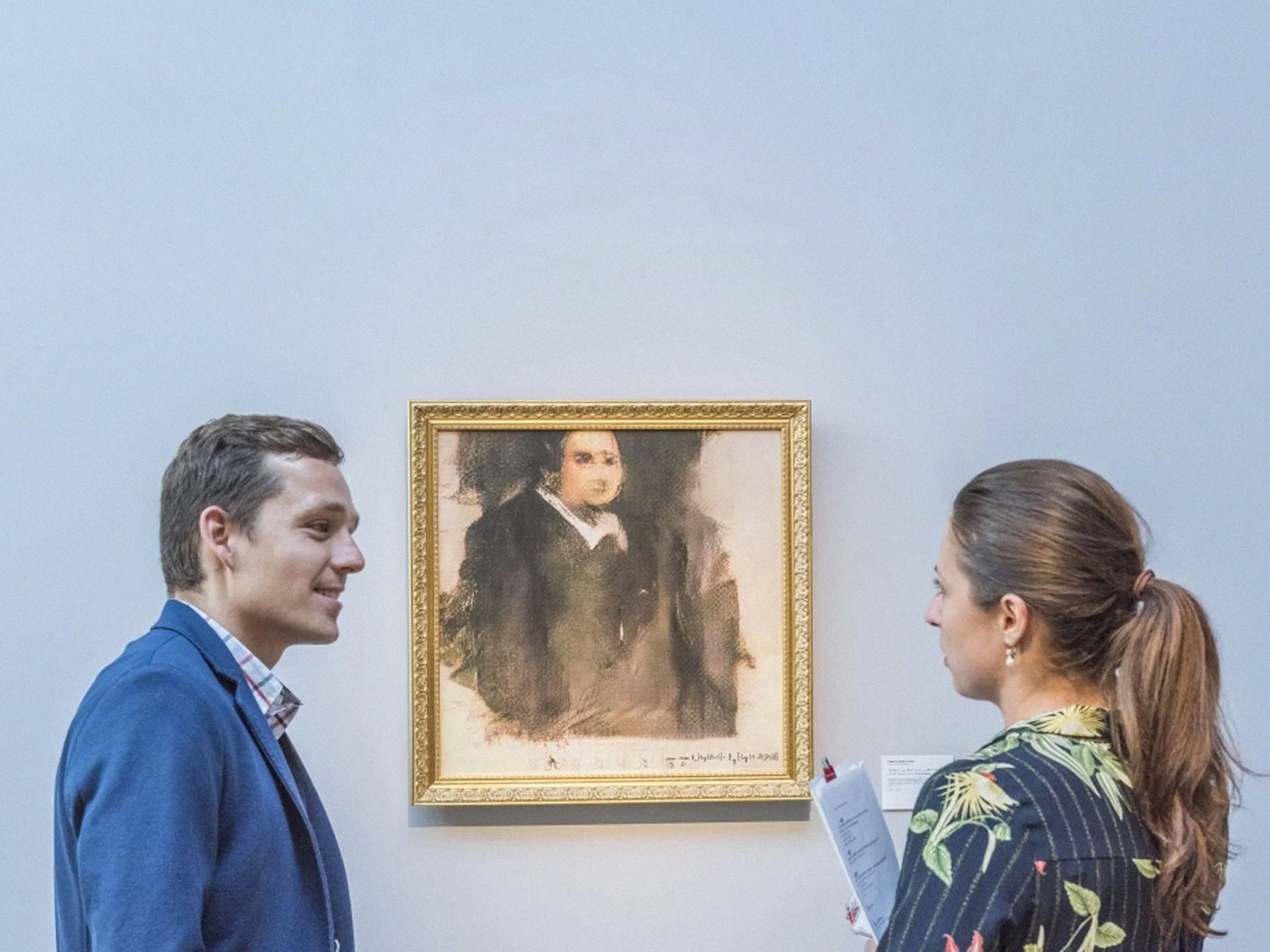After moving back to New York from a few years in Brazil, I did a fair amount of couch-surfing while searching for a new design job. I spent most of my free time walking up and down Broadway or rummaging through book stores. Strand Bookstore, near Union Square, was my all-time favorite but a bit out of the way. If I decided to go down there to browse, it was like breaking off at least half-a-day. So, trips to Strand were reserved for special occasions. Westsider Books, on Broadway between 80th & 81st Sts. on the Upper West Side, was a lot closer to where I was staying. It’s a small and tight shop, with books towering from the ground level to the second-story ceiling. Despite the smaller footprint of the building itself, walking through the front door had a cavernous, church-like effect on me.
Inside Westsider Books
However, my time was spent in the Barnes and Noble a few blocks up from Westsider, on Broadway and 82nd St. I want to say there were three levels in that particular store, with magazines and lattés on the upper level.
On one uneventful evening, I came across Martin Venezky’s It Is Beautiful…Then Gone book. I had never heard of this guy, but the size and thickness of the book stood out to me. The smaller-than-usual size was unusual for a design book, but it felt good in the hands. Honestly, I couldn’t even tell it was a design book. By the cover, I thought it might be a travel book someone left in the “Design & Architecture” section. The antique lion illustration, butterfly specimens, and the stuffed monkey holding a bust of Mao Zedong—hmm…intriguing. After sifting through the pages, I still couldn’t figure out what kind of book this was. The body text was rendered so tiny I almost got the impression it wasn’t supposed to be read. And to be honest, I never did read it. But what I loved about this book was its meticulous, diverse, and playful nature.

I remember imagining this poor guy must have been kidnapped, locked in an attic with scissors, a glue stick, and a trunk full of old National Geographics, Sears & Roebuck catalogs, and a pile of old newspapers. After screaming for help for a week, a calmness set over him, and he began slicing up pages and reassembling them to his liking.
I also recall trying to connect his work to David Carson, which I could never do. Carson’s work always came across to me as accidental and slightly pretentious. While Venezky’s work was in many ways the opposite, it appeared to be a laborious and deliberate act, taking a lot of care, patience, and time—everything in its place.
Disorder creates
invention.
—Martin Venezky
The other day, The Letterform Archive hosted Mr. Venezky for Salon Series, № 21. Zoom time! It was the first time I ever heard his voice or saw his face. Reminded me of the time I finally did an image search for NPR anchors—wow, they look like that, huh.
I thoroughly enjoyed the stories he shared about his studio, his methodology—all of it. He was a delightful man. I encourage everyone to tinker around the links below to get to know his work better.
Now, I think I’ll finally give his book a read.
- Martin Venezky
- Martin Venezky’s Appetite Engineers
- It is Beautiful…Then Gone
- Letterform Archive Salon Series 21: Martin Venezky
- SFMOMA
***



